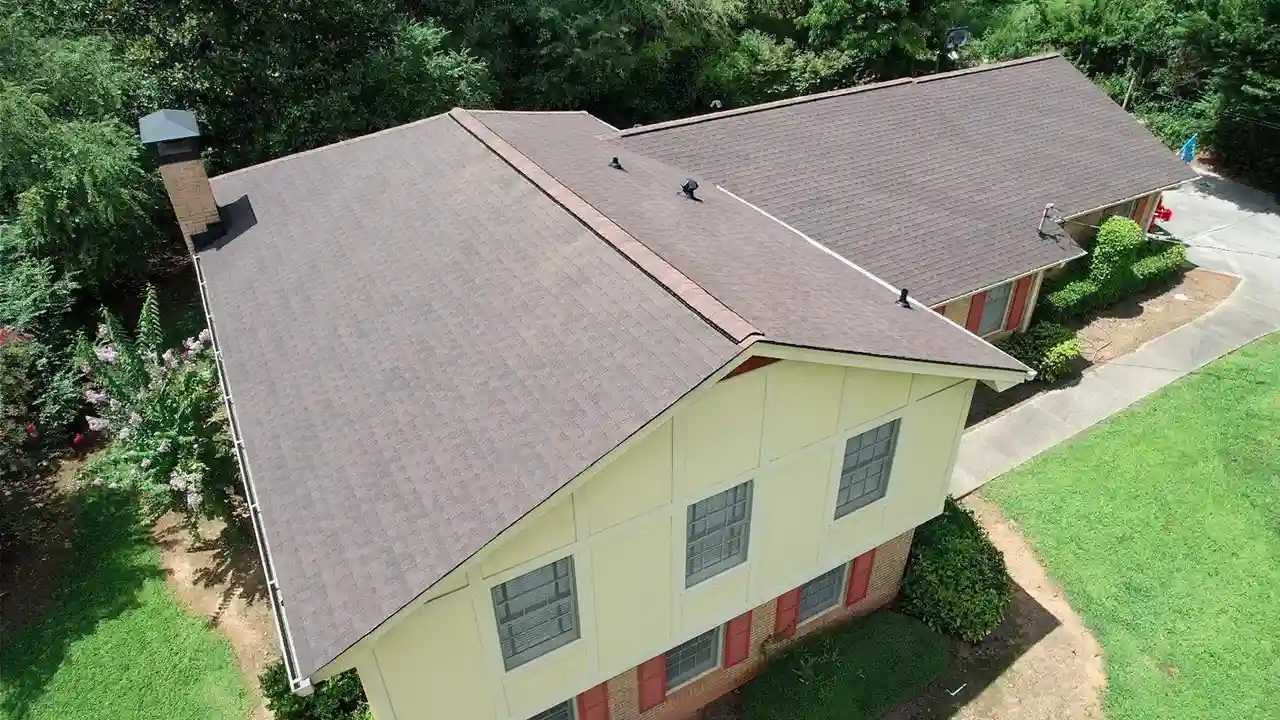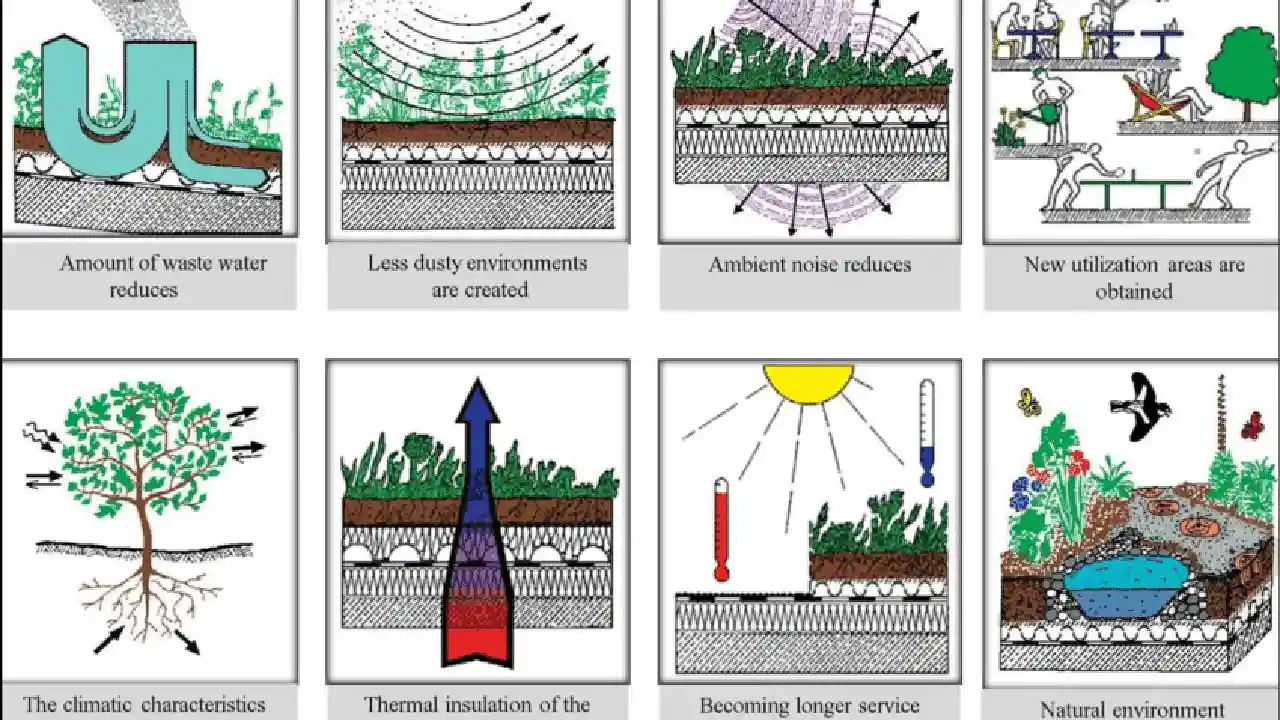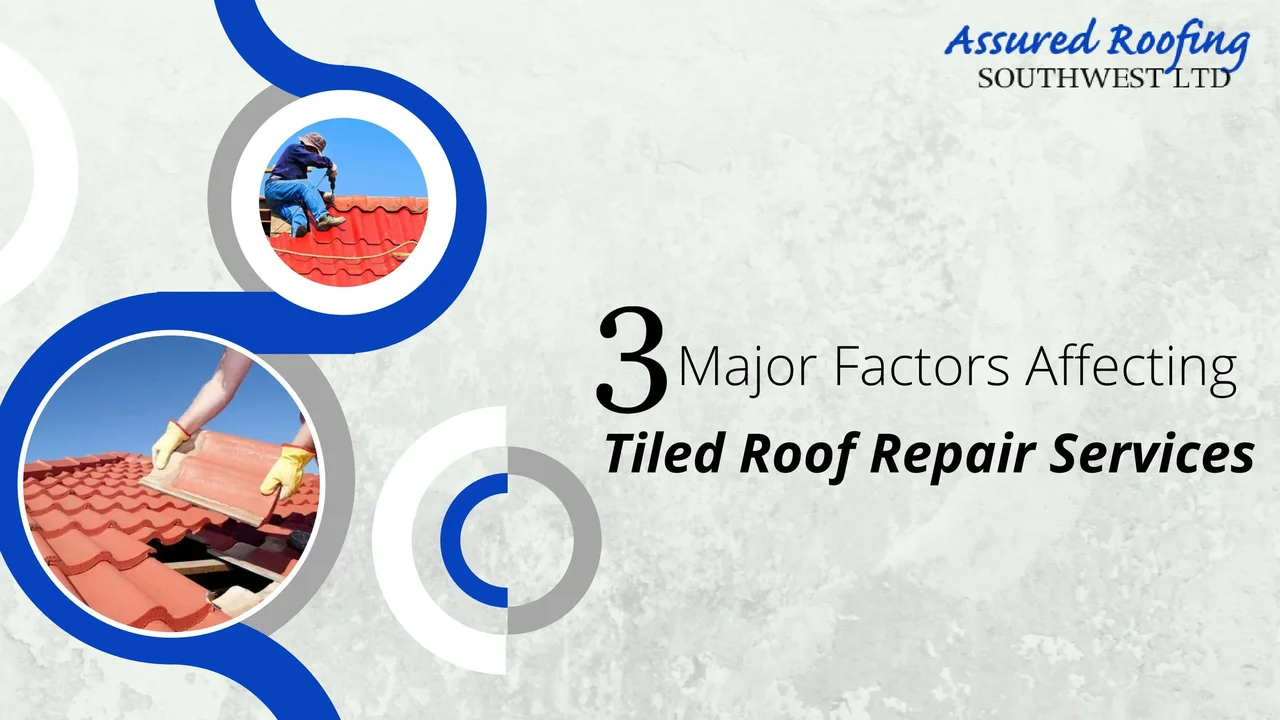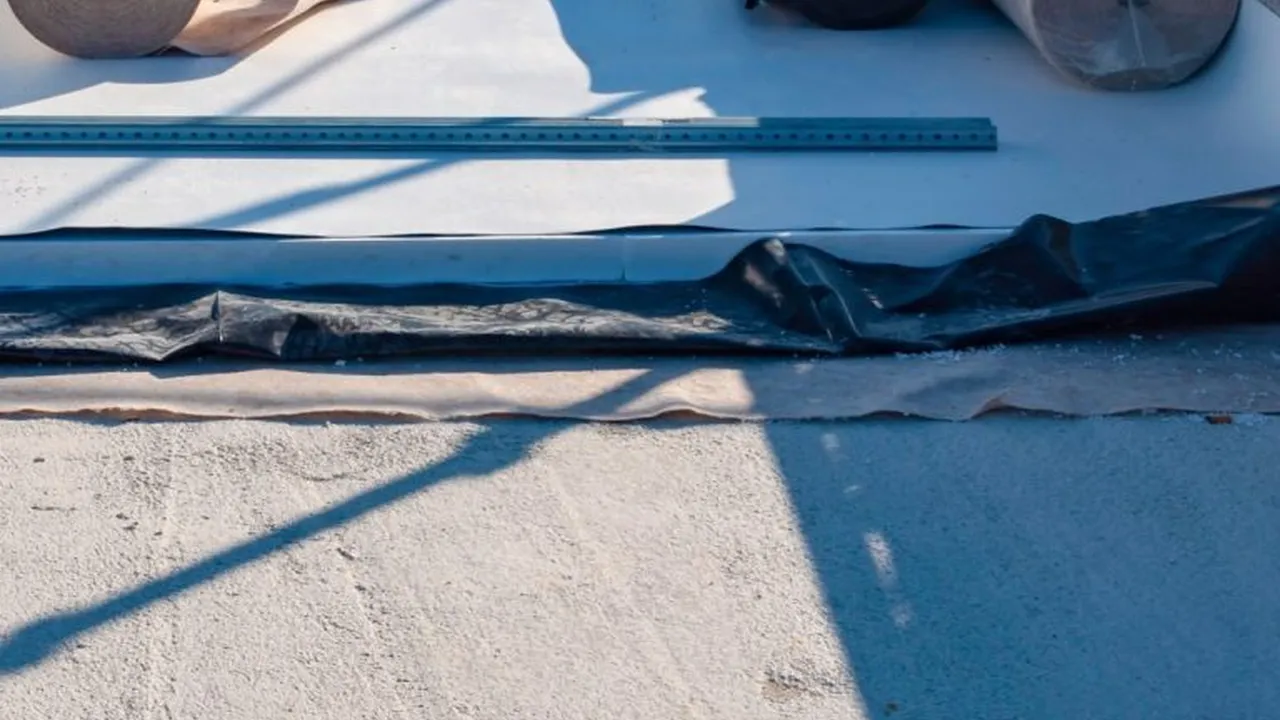Common Roofing Problems and Solutions
Identify common roofing issues like leaks, missing shingles, and flashing problems, along with practical solutions.

Common Roofing Problems and Solutions Your Ultimate Guide
Hey there, homeowner! Your roof is arguably the most important part of your house. It’s your first line of defense against the elements, keeping you and your family safe and dry. But let’s be real, roofs take a beating. From scorching sun to torrential downpours, strong winds, and even hail, they endure a lot. Because of this constant exposure, roofing problems are pretty common. The good news? Many of these issues are fixable, especially if you catch them early. This guide will walk you through the most common roofing problems you might encounter, help you understand why they happen, and offer practical solutions, including when to DIY and when to call in the pros. We’ll even dive into some specific product recommendations and their costs to give you a clearer picture.
Understanding Common Roof Damage Types and Their Causes
Before we jump into solutions, let’s get familiar with the usual suspects when it comes to roof damage. Knowing what you’re looking for can save you a lot of headache and money down the line.
Roof Leaks Identifying the Source and Repairing Water Damage
Ah, the dreaded roof leak. It’s probably the most common and frustrating roofing problem. A small drip can quickly turn into a major headache, leading to water stains on your ceiling, damaged insulation, and even structural issues if left unchecked. The trickiest part about leaks is often finding their source, as water can travel quite a distance before showing itself inside your home.
Common Leak Locations and How to Spot Them:
- Around Chimneys and Vents: These are prime spots for leaks because they involve penetrations through the roof. Flashing, the material used to seal these areas, can crack, rust, or become dislodged over time. Look for rust stains, missing caulk, or bent flashing.
- Skylights: Similar to chimneys, skylights are openings in your roof. Their seals can degrade, or the flashing around them can fail. Check for condensation inside the skylight or water stains around its frame.
- Missing or Damaged Shingles: Obvious, right? A missing shingle leaves the underlayment exposed, allowing water to seep in. Damaged shingles (cracked, curled, or blistered) can also create pathways for water.
- Low-Slope or Flat Roofs: These roofs are more prone to standing water, which can eventually find its way through seams or small imperfections. Look for puddles that don't drain.
- Valleys: These are the V-shaped channels where two roof planes meet. If the flashing or shingles in a valley are damaged or improperly installed, it’s a direct route for water.
- Ice Dams: In colder climates, ice dams can form at the edge of your roof, preventing melting snow from draining. This forces water back up under your shingles, causing leaks.
Solutions for Roof Leaks:
For minor leaks caused by a small crack in flashing or a loose shingle, you might be able to DIY with some roofing cement or by replacing a few shingles. However, if the leak is persistent, widespread, or the source is unclear, it’s always best to call a professional roofer. They have the tools and expertise to accurately diagnose and repair the issue without causing further damage.
DIY Leak Repair Products:
- Henry 208R Wet Patch Roof Cement: This is a popular choice for quick fixes on small leaks, especially around flashing or small holes. It’s asphalt-based and can be applied in wet conditions. A 0.9-gallon tub typically costs around $20-$30.
- Flex Seal Liquid Rubber Sealant Coating: For a more flexible and durable seal on various materials, Flex Seal can be brushed, rolled, or poured. It’s great for sealing small cracks or gaps. A 1-gallon can usually runs about $50-$70.
Missing or Damaged Shingles Addressing Wind and Weather Wear
Shingles are your roof’s armor. When they’re missing or damaged, your roof’s protective layer is compromised, leaving it vulnerable to water intrusion and further deterioration. This is a very common issue, especially after strong winds or hail storms.
Causes of Shingle Damage:
- High Winds: Strong gusts can lift and tear shingles right off your roof, especially if they’re older or not properly nailed down.
- Hail Storms: Hail can cause impact damage, leading to cracks, dents, or granule loss on asphalt shingles. This weakens their protective capabilities.
- Aging: Over time, shingles naturally degrade. They can curl, crack, blister, or lose their protective granules due to UV exposure and temperature fluctuations.
- Improper Installation: Shingles that aren’t nailed correctly or are installed in cold weather can be more susceptible to wind damage.
Solutions for Missing or Damaged Shingles:
Replacing a few missing or damaged shingles is a relatively straightforward DIY task for someone comfortable on a ladder. You’ll need a pry bar, a hammer, roofing nails, and replacement shingles that match your existing ones. However, if you have widespread shingle damage, or if you’re uncomfortable working on your roof, a professional roofer can efficiently handle the repairs or advise on a full replacement if necessary.
DIY Shingle Replacement Products:
- GAF Timberline HDZ Shingles: These are very popular asphalt shingles known for their durability and aesthetic appeal. They come with a strong wind warranty. A bundle (covering about 33 sq ft) costs around $30-$45, depending on the region and supplier.
- Owens Corning Duration Shingles: Another top-tier asphalt shingle, often praised for its SureNail Technology, which provides excellent wind resistance. Similar pricing to GAF, around $30-$45 per bundle.
Flashing Problems Preventing Leaks Around Roof Penetrations
Flashing is thin material, usually galvanized steel, aluminum, or copper, installed at critical junctures on your roof to prevent water penetration. Think of it as the waterproofing seal around chimneys, vents, skylights, and in valleys. When flashing fails, leaks are almost inevitable.
Common Flashing Issues:
- Cracked or Rusted Flashing: Metal flashing can corrode over time, especially if it’s not properly maintained or if it’s made of a less durable material.
- Loose or Missing Flashing: Strong winds or improper installation can cause flashing to become loose or even fall off.
- Improperly Installed Flashing: If flashing isn't layered correctly with the shingles or sealed properly, it won't do its job.
- Degraded Sealant: The caulk or sealant used around flashing can dry out, crack, and pull away, creating gaps for water.
Solutions for Flashing Problems:
Minor flashing issues, like a small crack or a gap in the sealant, can often be repaired with a high-quality roofing sealant or caulk. For more significant damage, such as rusted or severely bent flashing, replacement is usually the best option. This can be a bit more involved, especially around chimneys, and might require a professional to ensure a watertight seal.
DIY Flashing Repair Products:
- Geocel 2300 Sealant: A professional-grade, high-performance sealant that adheres well to most roofing materials and remains flexible. A 10.3 oz tube costs about $10-$15.
- Aluminum Roll Flashing: For replacing small sections of damaged flashing. A 10-foot roll of 6-inch wide aluminum flashing can be found for $15-$25.
Clogged Gutters and Downspouts Maintaining Proper Drainage
While not directly part of your roof, clogged gutters and downspouts can cause significant roofing problems. They’re designed to channel rainwater away from your roof and foundation. When they’re blocked, water can back up, leading to a host of issues.
Problems Caused by Clogged Gutters:
- Water Backup and Fascia Damage: Water can overflow from clogged gutters, running down your fascia boards (the trim along the edge of your roof) and causing rot.
- Ice Dams: In cold climates, clogged gutters contribute to ice dam formation, forcing water under your shingles.
- Foundation Damage: Water pooling around your foundation can lead to cracks and basement leaks.
- Roof Edge Rot: Constant moisture at the edge of your roof due to overflowing gutters can cause the underlying wood to rot.
Solutions for Clogged Gutters:
Regular gutter cleaning is essential. This is a DIY task that most homeowners can handle with a sturdy ladder, gloves, and a bucket. Aim to clean your gutters at least twice a year, more often if you have many trees nearby. If you’re tired of cleaning, consider installing gutter guards.
Gutter Maintenance Products:
- Gutter Cleaning Tools: A simple gutter scoop can make the job easier, costing around $5-$10.
- Gutter Guards (e.g., LeafFilter, Gutter Helmet): These are professional-grade systems that prevent debris from entering your gutters. Installation costs vary widely but can range from $15-$30 per linear foot, making them a significant investment but saving you from future cleaning. DIY mesh gutter guards are much cheaper, around $2-$5 per linear foot, but may not be as effective.
Poor Ventilation Preventing Heat and Moisture Buildup
Proper roof ventilation is crucial for the health and longevity of your roof and your home. It allows hot, moist air to escape your attic, preventing a range of problems.
Issues from Poor Ventilation:
- Premature Shingle Aging: Excessive heat in the attic can bake your shingles from underneath, causing them to curl, crack, and degrade faster.
- Increased Energy Bills: A hot attic means your air conditioner has to work harder to cool your home, leading to higher energy consumption.
- Moisture Buildup and Mold: Poor ventilation can trap moisture in the attic, leading to condensation, mold growth on rafters and insulation, and even wood rot.
- Ice Dams: In winter, warm air escaping into the attic can melt snow on the roof, which then refreezes at the colder eaves, forming ice dams.
Solutions for Poor Ventilation:
Improving ventilation often involves installing or upgrading attic vents. This is typically a job for a professional roofer or HVAC specialist, as it requires understanding airflow dynamics and proper installation to be effective.
Ventilation Products:
- Ridge Vents: These are installed along the peak of your roof and provide continuous airflow. Costs for materials and installation can range from $300-$800 for an average-sized roof.
- Soffit Vents: Installed under the eaves, these work in conjunction with ridge vents to create a natural convection current. Material costs are low, but installation can vary.
- Attic Fans (Powered or Solar): These actively pull hot air out of the attic. A good quality electric attic fan can cost $100-$300 for the unit, plus installation. Solar-powered options are often $300-$600.
Algae Moss and Fungi Growth Maintaining Roof Aesthetics and Integrity
Those dark streaks, green patches, or fuzzy growths on your roof aren’t just an eyesore; they can actually cause damage over time. Algae, moss, and fungi thrive in damp, shaded conditions.
Problems Caused by Growth:
- Granule Loss: Algae and moss can feed on the limestone filler in asphalt shingles, causing granules to loosen and wash away, reducing the shingle’s lifespan.
- Moisture Retention: Moss, in particular, acts like a sponge, holding moisture against your roof surface, which can lead to wood rot and shingle deterioration.
- Lifting Shingles: As moss grows, it can lift shingles, making them vulnerable to wind damage and water intrusion.
Solutions for Algae, Moss, and Fungi:
For light algae stains, a gentle cleaning solution (like a 50/50 mix of bleach and water) applied with a sprayer can work. For heavier moss or widespread growth, professional roof cleaning is recommended. Never use a pressure washer on your roof, as it can severely damage shingles. Consider installing zinc or copper strips along your roof ridge; as rain washes over them, it creates an environment hostile to growth.
Cleaning and Prevention Products:
- Wet & Forget Outdoor Cleaner: A popular, easy-to-use cleaner that you spray on and let nature do the rest. A 1-gallon bottle costs around $20-$30 and covers a large area.
- Zinc or Copper Strips: These can be installed along the ridge of your roof to prevent future growth. A 50-foot roll of zinc strip costs about $30-$50.
Sagging Roof Deck Addressing Structural Concerns
A sagging roof deck is a serious structural issue that should never be ignored. It indicates a problem with the underlying support structure of your roof.
Causes of a Sagging Roof:
- Water Damage: Prolonged leaks can rot the plywood or decking underneath your shingles, causing it to weaken and sag.
- Improper Framing: If the roof trusses or rafters weren't adequately sized or spaced during construction, they might not be able to support the roof’s weight.
- Heavy Loads: Excessive snow accumulation or the weight of certain heavy roofing materials (like slate or tile) on an inadequately supported structure can cause sagging.
Solutions for a Sagging Roof:
This is definitely not a DIY job. A sagging roof requires immediate attention from a structural engineer and a professional roofing contractor. They will need to assess the extent of the damage, determine the cause, and reinforce or replace the compromised structural components. This often involves removing the existing roofing materials to access and repair the decking and framing underneath.
Professional Repair Considerations:
The cost for repairing a sagging roof can vary dramatically depending on the extent of the structural damage. It could range from a few thousand dollars for localized repairs to tens of thousands for a complete roof deck and framing overhaul. This is an investment in the safety and integrity of your entire home.
When to Call a Professional Roofer Making the Right Decision
While some minor repairs can be tackled by a handy homeowner, knowing when to call in the experts is crucial. Here’s a quick guide:
- Safety First: If you’re uncomfortable on a ladder, or if your roof is steep, high, or slippery, don’t risk it. Falls from roofs are a leading cause of serious injuries.
- Extensive Damage: If you have widespread shingle damage, multiple leaks, or structural concerns like a sagging roof, a professional assessment is essential.
- Complex Repairs: Issues involving flashing around complex roof structures (like multiple valleys or dormers), or problems with your roof’s ventilation system, are best left to experienced roofers.
- Warranty Concerns: Many roofing material warranties require professional installation and repair to remain valid. DIY repairs might void your warranty.
- Insurance Claims: If your roof damage is due to a storm and you plan to file an insurance claim, a professional roofer can help with the assessment and documentation needed for your claim.
Preventative Maintenance Your Roof’s Best Friend
An ounce of prevention is worth a pound of cure, especially when it comes to your roof. Regular maintenance can significantly extend its lifespan and help you catch small problems before they become big ones.
Essential Roof Maintenance Tips:
- Regular Inspections: At least twice a year (spring and fall), and after any major storm, visually inspect your roof from the ground or with binoculars. Look for missing or damaged shingles, loose flashing, and debris.
- Clean Gutters: Keep your gutters and downspouts free of leaves and debris to ensure proper water drainage.
- Trim Trees: Trim back any tree branches that are overhanging or touching your roof. This prevents leaves from accumulating and branches from scraping or falling on your roof during storms.
- Address Moss and Algae: If you notice growth, address it promptly with appropriate cleaning methods or preventative measures.
- Check Attic Ventilation: Ensure your attic is well-ventilated and free of excessive heat or moisture.
- Professional Check-ups: Consider having a professional roofer perform an annual inspection. They can spot subtle issues you might miss.
Understanding Roofing Costs and Product Recommendations for Longevity
When it comes to roofing, quality materials and professional installation are key to longevity and avoiding future problems. Here’s a look at some product categories and their general cost ranges, keeping in mind that prices can vary significantly based on location, supplier, and installer.
Asphalt Shingles The Most Popular Choice
Asphalt shingles are the most common roofing material in the US and widely used in Southeast Asia due to their affordability and versatility.
- Product Recommendation: CertainTeed Landmark Pro Shingles. These are architectural laminate shingles known for their durability, wide color selection, and good warranty. They offer a heavier, more dimensional look than traditional 3-tab shingles.
- Typical Use Case: Residential homes in most climates. Good balance of cost, performance, and aesthetics.
- Cost: Material cost typically ranges from $40-$60 per bundle (covers about 33 sq ft). Installed cost for a full roof replacement with these shingles can be anywhere from $4.00-$7.00 per square foot, or $12,000-$25,000 for an average 2,000 sq ft roof.
Metal Roofing For Durability and Energy Efficiency
Metal roofs are gaining popularity for their exceptional lifespan, energy efficiency, and resistance to extreme weather.
- Product Recommendation: Standing Seam Metal Panels (e.g., from Sheffield Metals or Fabral). These offer a sleek, modern look and superior weather protection due to their concealed fasteners and interlocking panels.
- Typical Use Case: Homes where longevity, low maintenance, and energy efficiency are top priorities. Excellent for areas with heavy snow, high winds, or intense sun.
- Cost: Material cost for standing seam can be $3.00-$6.00 per square foot. Installed cost is significantly higher than asphalt, often $8.00-$15.00 per square foot, or $16,000-$30,000+ for a 2,000 sq ft roof.
Tile Roofing For Aesthetics and Tropical Climates
Clay and concrete tiles are beautiful, durable, and particularly well-suited for hot climates, offering excellent thermal mass.
- Product Recommendation: Boral Roofing Clay or Concrete Tiles. Boral offers a wide range of styles and colors, known for their quality and performance in various climates, including tropical regions.
- Typical Use Case: Homes seeking a distinctive aesthetic, especially Mediterranean, Spanish, or modern styles. Ideal for hot climates due to their insulating properties.
- Cost: Material cost for tiles can range from $2.00-$8.00 per square foot, depending on type (clay often more expensive). Installed cost is typically $7.00-$18.00 per square foot, or $14,000-$36,000+ for a 2,000 sq ft roof, due to their weight and specialized installation.
Synthetic Roofing Materials The Modern Alternative
Synthetic or composite roofing materials mimic the look of natural slate or wood shakes but offer enhanced durability, lighter weight, and often better fire ratings.
- Product Recommendation: DaVinci Roofscapes Composite Shakes or Slates. These are high-performance synthetic products that are virtually maintenance-free, highly resistant to impact, fire, and UV degradation.
- Typical Use Case: Homeowners wanting the aesthetic of natural slate or wood without the associated maintenance, weight, or cost. Great for areas with hail or wildfire concerns.
- Cost: Material cost is often $4.00-$10.00 per square foot. Installed cost can be $10.00-$20.00+ per square foot, or $20,000-$40,000+ for a 2,000 sq ft roof, placing them in the premium category.
Final Thoughts on Roof Health and Home Protection
Your roof is a significant investment, and taking care of it means taking care of your entire home. By understanding common roofing problems, knowing when to perform DIY fixes, and recognizing when to call in a professional, you can ensure your roof continues to protect your family for years to come. Regular inspections and preventative maintenance are your best defense against costly repairs and premature roof replacement. Stay safe, stay dry, and keep that roof in tip-top shape!
:max_bytes(150000):strip_icc()/277019-baked-pork-chops-with-cream-of-mushroom-soup-DDMFS-beauty-4x3-BG-7505-5762b731cf30447d9cbbbbbf387beafa.jpg)






